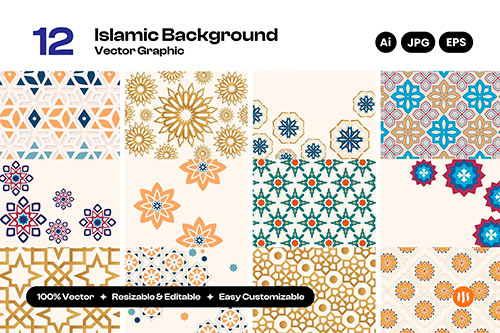
Ornamental Islamic Background Collection SWHS822
AI EPS JPG | 106 MB
|
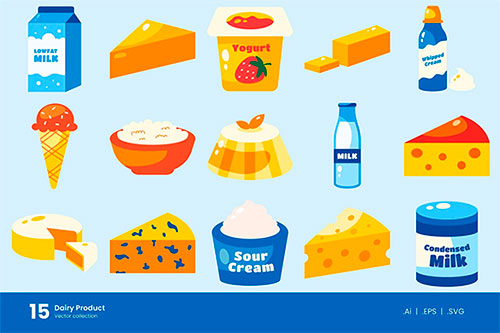
Premium Dairy Product Vector Collection KTJ7RHF
AI EPS SVG | 6.54 MB
|
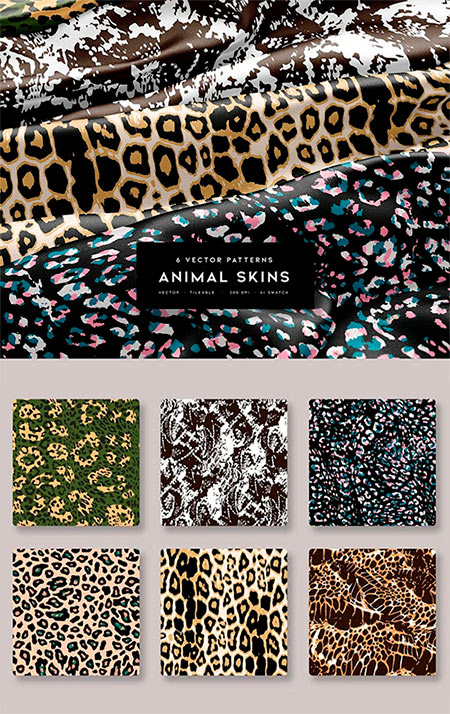
6 Animal Skins Vector Patterns 4UW8BVP
AI JPG | 7559 x 7559 | 74.5 MB
|
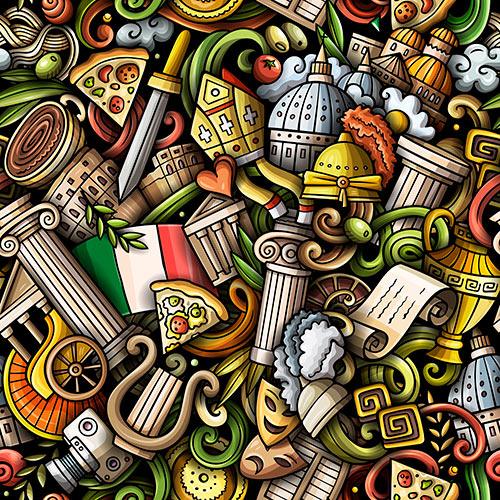
Rome City Doodle Cartoon Seamless Pattern YCDSQTZ
AI EPS JPG | 5000x5000 px | 19.2 MB
|
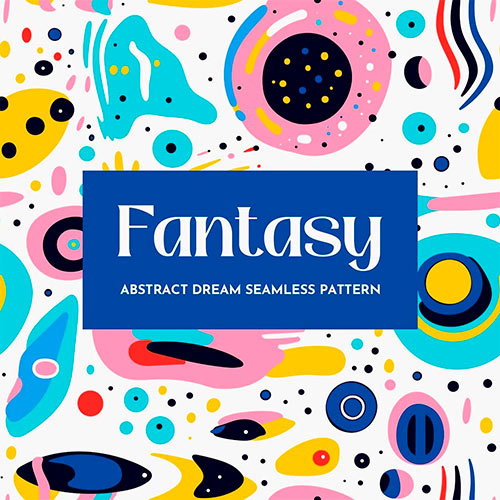
Doodle Fantasy Seamless Pattern QMNX5R5
AI EPS SVG JPG PNG | 5000x3333 px | 9.56 MB
|

Vectors - Funny Cartoon Snowman 8
3 AI + TIF | 59 MB
|
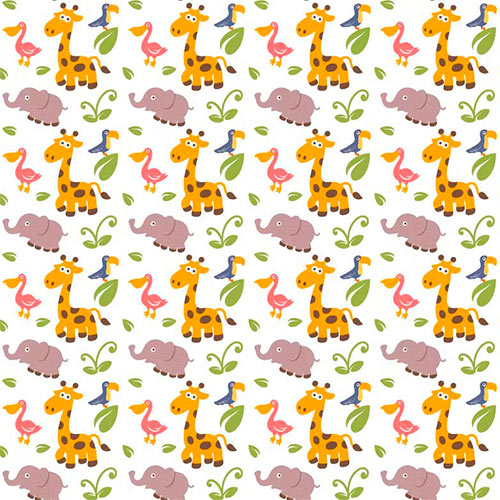
Cute Animals Seamless Pattern 295TL4V
AI EPS JPG PDF PSD SVG | 25.9 MB
|

Abstract Tribal Elements - Seamless Pattern ERUW2UB
AI EPS PNG | 2000x2000 px | 20 MB
|
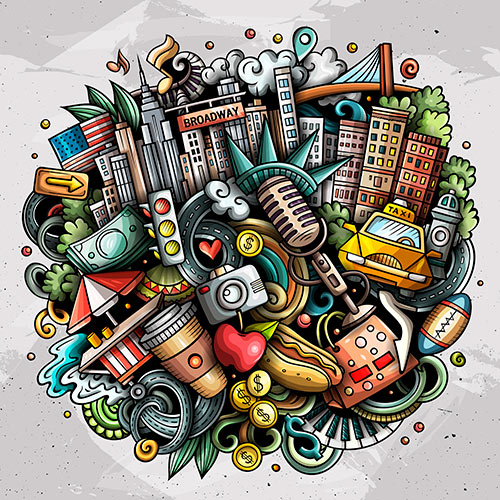
New York City Cartoon Doodle Illustration TBKX5XF
AI EPS JPG PNG (transparent) | 5000x5000 px | 28.5 MB
|
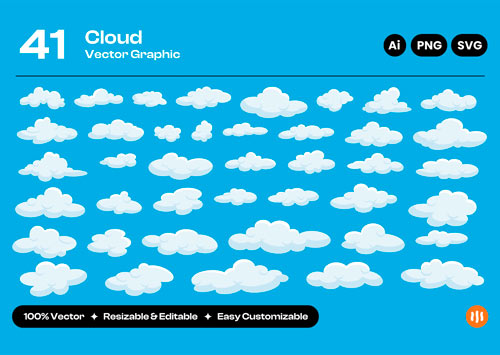
White Cloud Vector Collection 9LSCNSS
AI PNG SVG | 1.53 MB
|
« 1 2 ... 38 39 40 41 42 ... 1657 1658 » |
Векторная графика, в отличие от растровой, строится не на основе сетки пикселей, а на математическом описании геометрических объектов - линий, кривых, многоугольников. Это позволяет векторным изображениям масштабироваться до бесконечности без потери качества, оставаясь четкими и гладкими даже при многократном увеличении. Каждый элемент в векторном изображении - это независимый объект, который можно редактировать отдельно, изменяя его цвет, форму, размер, положение, и т.д. Это делает векторную графику идеальным выбором для создания логотипов, иллюстраций, шрифтов, и других изображений, где важна четкость и масштабируемость.
Одним из ключевых преимуществ векторной графики является её компактность. Поскольку векторные изображения описываются математическими формулами, а не информацией о каждом пикселе, файлы обычно значительно меньше по размеру, чем их растровые аналоги. Это особенно важно для веб-графики и анимации, где размер файла напрямую влияет на скорость загрузки страницы и производительность. Кроме того, векторные файлы легче редактировать и обновлять, поскольку изменение одного объекта не требует повторной обработки всего изображения, как в случае с растровой графикой.












